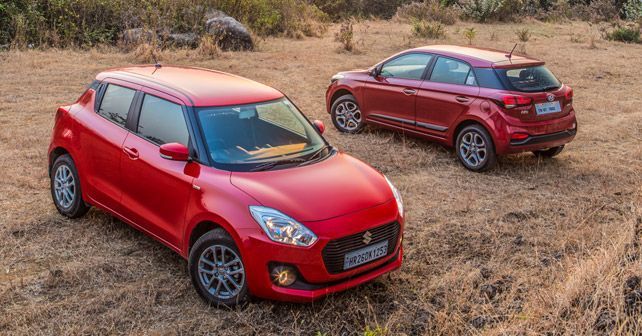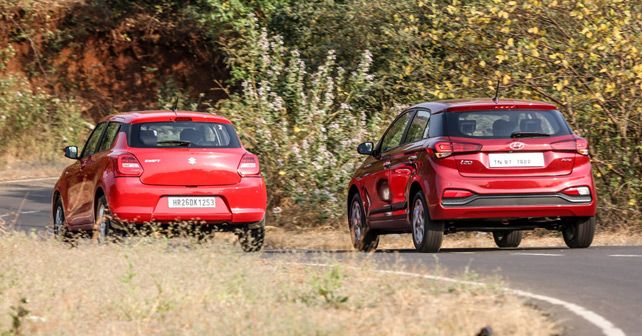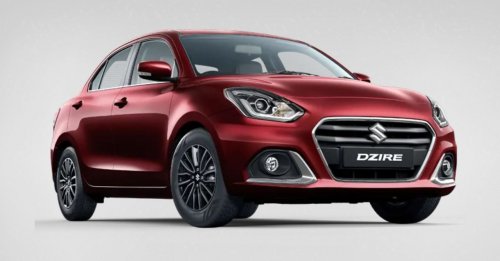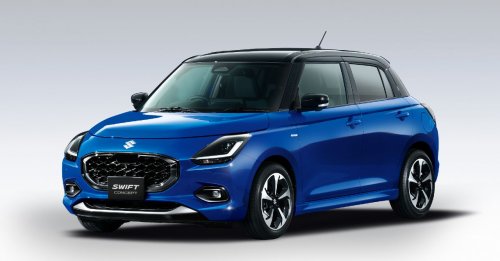What do these two have in common – well, massive sales numbers and individual successes for one. They’re certainly the bread and butter of their respective automakers. But, with their price points getting closer to one another, which one comes out on top? Let’s find out…
18 lakh units over the course of 13 years. Yup, almost two million units – that’s what the Swift has contributed to Maruti Suzuki sales over the past decade-and-a-half. But the i20 is catching up fast – 4 lakh units in just over three years! With numbers like that, it’s certainly a case of ‘bread and butter’ for these respective automakers. Moreover, these numbers are especially impressive when you consider that both models are quite far removed from their respective brand’s entry-level models.
Maruti launched the all-new Swift at the recently concluded Auto Expo, while a face-lifted i20 was also introduced by Hyundai to keep Maruti on its toes. Both have prices that are within arm's length of each other, so it’s only natural to put the two up against one another.
The champion
The Maruti Suzuki Swift is an all-new product. In its third generation now, the Swift has been a runaway success in the Indian market. The Swift completely transformed Maruti’s image and proved that they could make cool cars with real character and appeal. The Swift’s styling was like a breath of fresh air in the Indian market, and the third-generation model takes it to the next level – despite being an evolutionary design. Up front is a big, very Aston Martin-esque grille that establishes the car’s presence on the road. This is accentuated by a strong shoulder line. The floating roof, with the Swift’s blacked-out pillars, and the rather funky looking LED taillights only add to the car’s visual appeal. But, the highlight of the Swift’s design, for me, is the C-pillar treatment with the integrated rear-door handles – which have been executed exceptionally well. Needless to say, the Swift continues to look sporty.
The interior of the Swift too has a brand-new design, with some nice detailing that stands out. In particular, the circular knobs of the AC controls are very well done, while the flat-bottom steering wheel feels very good in your hands. The equipment count on the Swift is equally impressive, with dual airbags and ABS standard across the range. The top-of-the-range models features a large touchscreen multimedia system and LED headlamps. Our test car – a ZDI AMT – however, featured a smaller, non-touchscreen multimedia system and halogen headlights. The plastic quality of the car, however, is still not class-leading – there are lots of surfaces with hard and shiny plastic. Interior space, on the other hand, has seen a marked improvement over the previous generation car. This model gets increased head and shoulder room, as well as a bigger boot.
The trendsetter
The updated Elite i20 doesn’t make any ground-breaking changes to what is already a very successful formula. In this mid-cycle facelift, the i20 gets updated front- and rear-ends along with a new alloy design. At the front, the car gets updated headlamps, as well as cornering fog lamps, along with aerodynamic slats in the front bumper to further improve airflow and also a new bumper design. There are more substantial changes at the rear-end, including a brand-new tailgate that now has the number plate integrated in it – along with updated tail lamps and a new bumper. This design change is a tad polarizing, though – to some, the new design appears too busy at the rear end, but I quite like it as I thought the tailgate was a little too plain previously.
Inside, the i20 sees even fewer changes – the prominent one being a larger touchscreen infotainment system, which is a cinch to use thanks to an interface that works exceptionally well. On the safety front, the i20 also gets dual airbags and ABS as standard – the top-of-the-range Asta (O) model gets six airbags. If there’s something that sets the two apart, it’s certainly the i20’s levels of quality and refinement, something that the Swift seems to lack. The plastic surfaces of the i20 feel top-notch, and the noise isolation is also very good. The standard-fit audio system has remarkably good sound quality, and, in general, the i20’s interior screams refinement and feels premium. From the feel of the steering and the response of the buttons to the way the doors close, the i20’s construction and quality levels are a cut above the competition. However, there’s one aspect where the i20 misses out – the lack of a diesel automatic variant in the line-up.
Street fight
There’s one definite advantage that the Swift has enjoyed over its rivals over the past two generations – and that’s its driving appeal. It was always responsive and fun to drive – something that helped it build legions of fans and admirers. Retaining this trait, the latest Swift too offers a fun driving experience. The steering is very communicative and quite direct. The car encourages the driver to push the limits, especially on the curvy Lonavala roads where we tested both cars. The suspension deals with mixed surfaces very well, although it’s slightly on the stiffer side. This means that, for enthusiastic drivers, the Swift is an absolute treat to pilot. It’s not perfect though. First, despite the 74bhp from the 1.3-litre diesel mill, the Swift’s superbly capable chassis feels like it could handle a lot more power. Second, although the 5-speed AMT gearbox fitted to our test car was better than any AMT I’ve driven till date, it was still less responsive than the equivalent conventional automatic gearbox.
The i20, on the other hand, offers a rather different driving experience. This is a car that eases you into a more relaxed driving experience. The refinement levels, as mentioned previously, are class-leading. Power delivery from the 1.4-litre diesel engine is perfectly linear, with absolutely no turbo lag whatsoever from the engine. But, then again, you don’t get that kick-in-the-back feeling of the turbo kicking in – a feature that some drivers might miss. The i20’s steering feel – a sore point in earlier versions – has also vastly improved. Not only is the steering quite direct now, but it also has a decent amount of feel. The suspension setup of the i20 works very well for our roads, which is to say that it’s set up more for ride comfort rather than road holding.
Goliath vs. Goliath
To be honest, this battle turned out to be far more intense than I expected. Driving both cars back-to-back for an extended period of time made me realise that – while the price tags of both may be quite close – they’re for very different sets of customers.
The Swift is for those who are looking to make a style statement with a youthful car that’s also great fun to drive. It could certainly do with a bit more power though – especially when you consider that the Swift ZDI AMT is over 9 lakhs on the road. The i20, on other hand, caters to those customers who value refinement more than driving pleasure and are ready to pay a bit more for better quality. The i20 still looks very good, and it makes more of a mature statement than the Swift.
Despite my best efforts to make them sound like arch-rivals, it turns out that the Swift and the i20 are quite different in character. However, both make for fantastic choices in their own way, and you can’t go wrong with either – as long as you know what you’re looking for. For once, I can’t pronounce either one a winner – since both cars are winners in their own right.

- Maruti Suzuki Swift ZDi
- Hyundai Elite i20 Asta (O)
Engine: 1,248cc / 4-Cylinders Turbocharged / DOHC
Fuel: Diesel
Transmission: 5-Speed AMT / Front-Wheel Drive
Power: 74bhp @ 4,000rpm
Torque: 190Nm @ 2,000rpm
Price: Rs.7.96 lakh (Ex-showroom, Delhi)
X-factor: The Swift still remains the boy racer’s hatchback of choice. Looks great too.
| Pros • Great design • Still fun to drive | Cons • Needs more power • AMT can be a bit slow |
Engine: 1,396cc/ 4-Cylinders/ Turbocharged/ DOHC
Fuel: Diesel
Transmission: 6-Speed Manual / Front-Wheel Drive
Power: 89bhp @ 4,000rpm
Torque: 220Nm @ 1,500 - 2,750rpm
Price: Rs.9.15 lakh (Ex-showroom, Delhi)
X-factor: Refinement, quality and features still better than the competition.
| Pros • Facelift makes it look fresh • Remains class-leading in quality & features | Cons • Not exactly a driver’s car • Needs a diesel automatic variant |




























Write your Comment